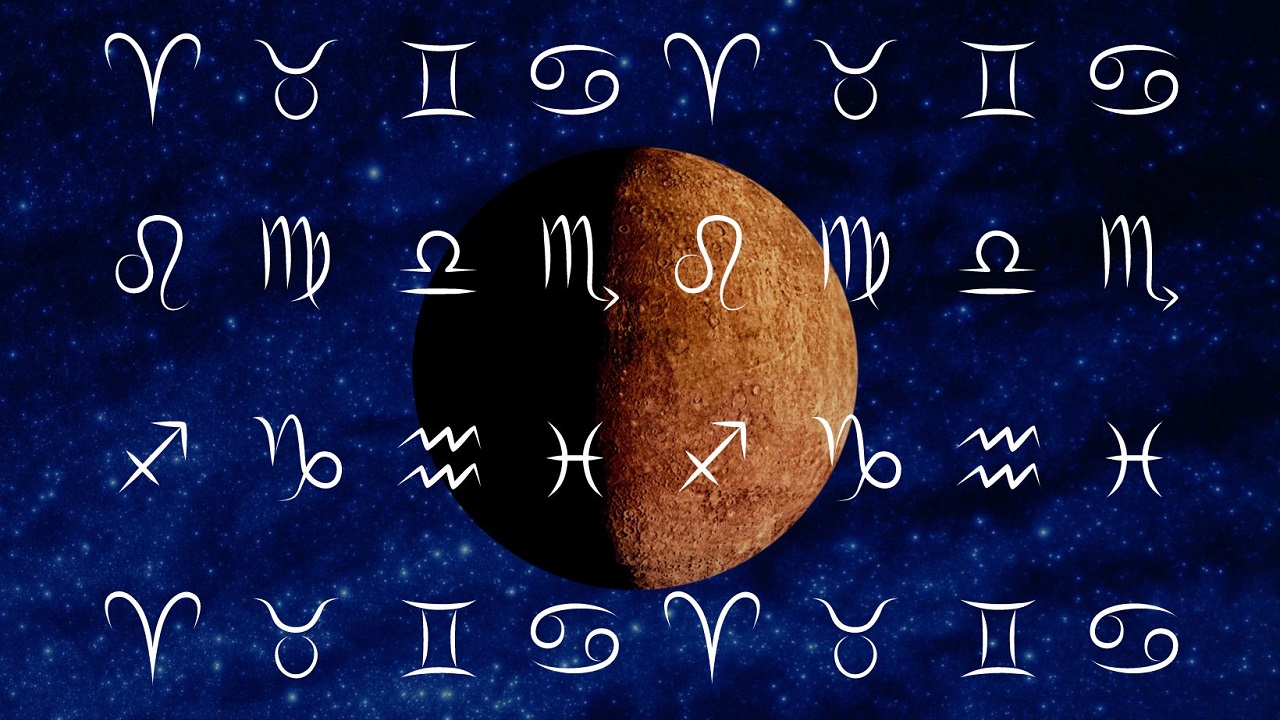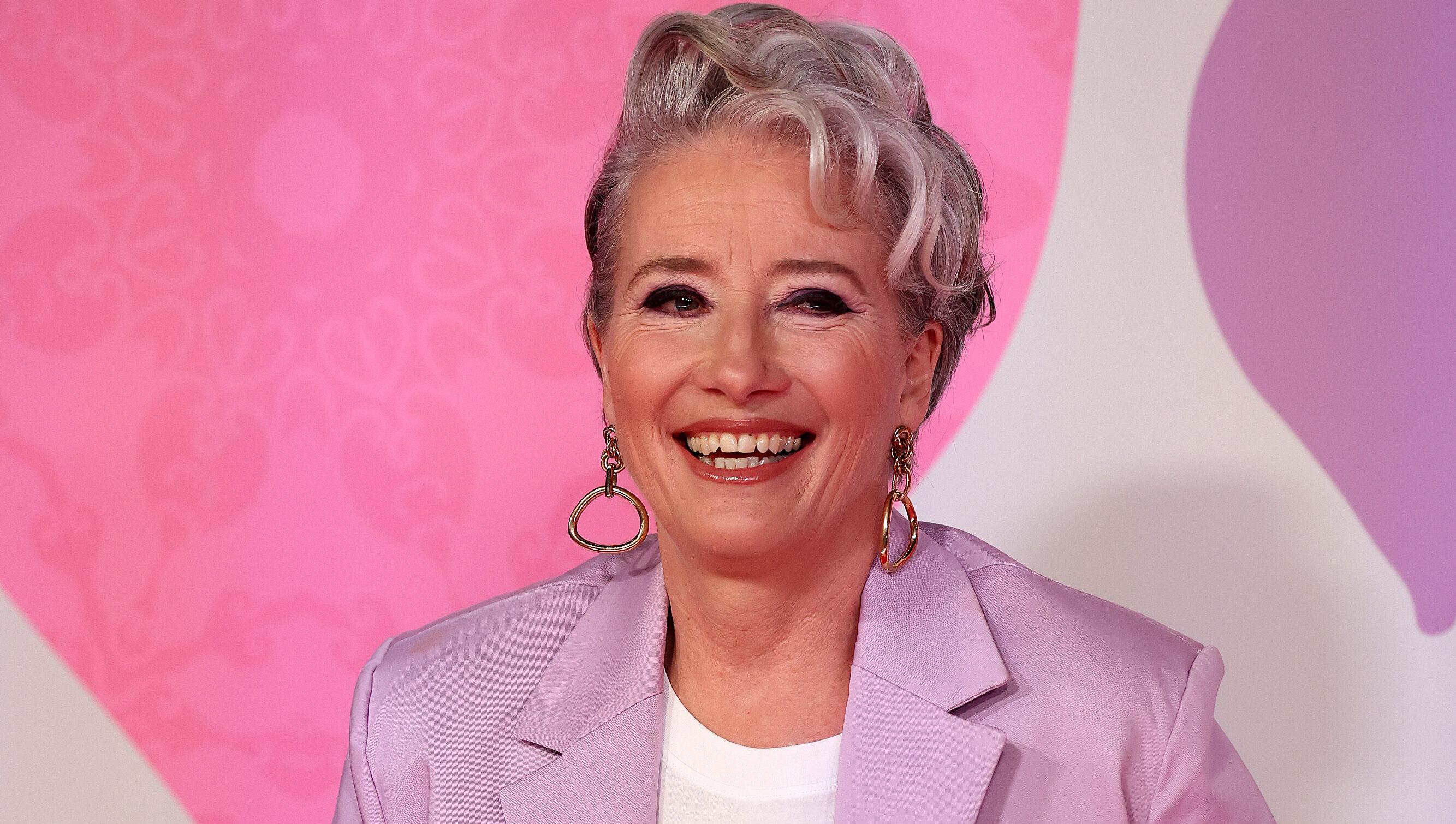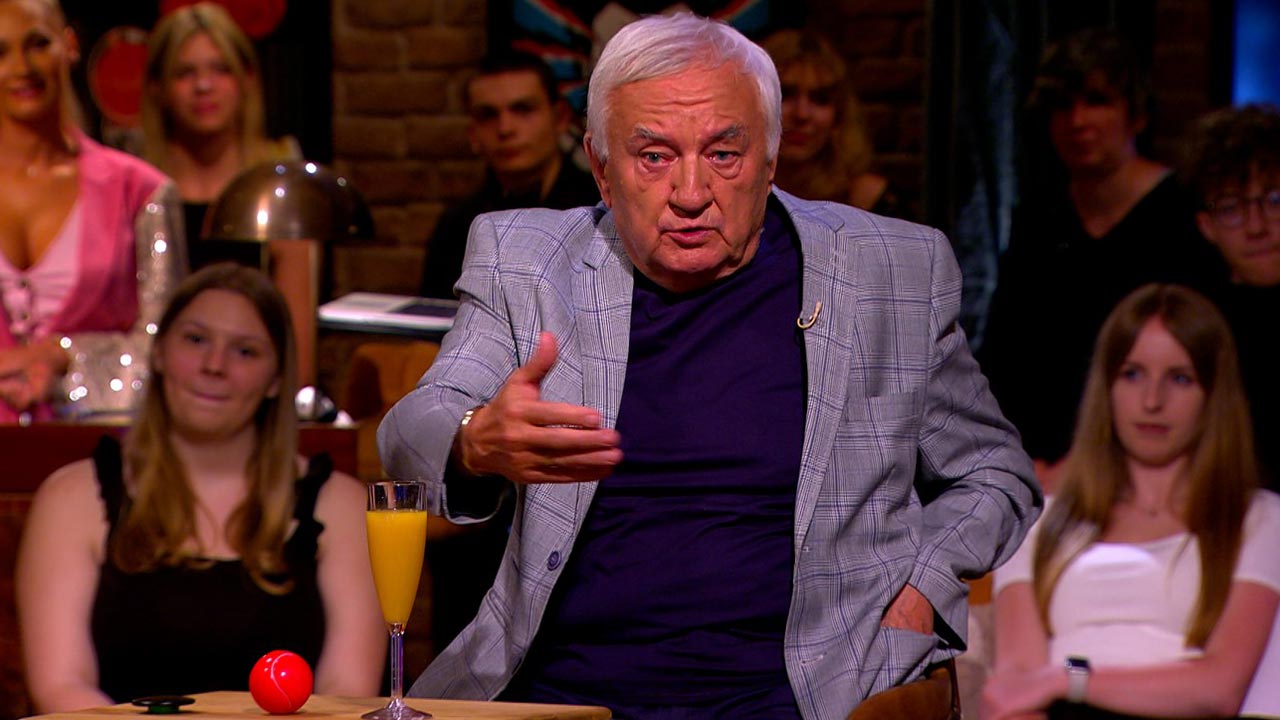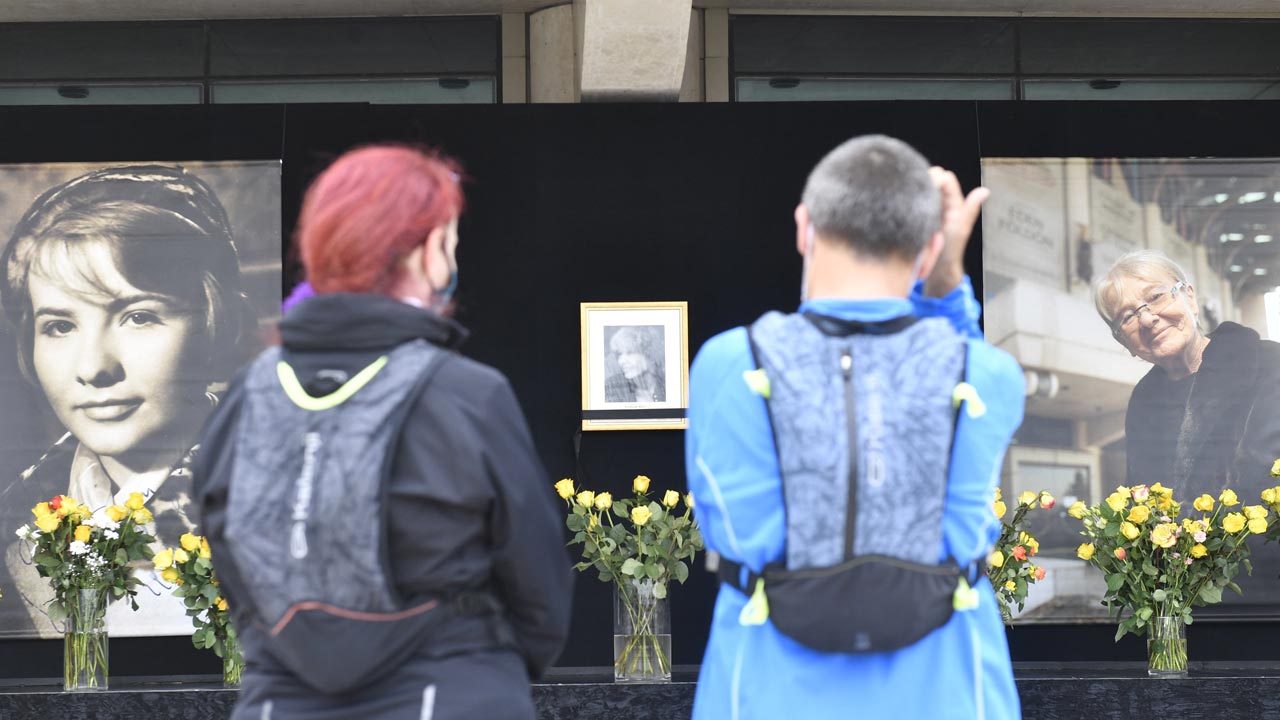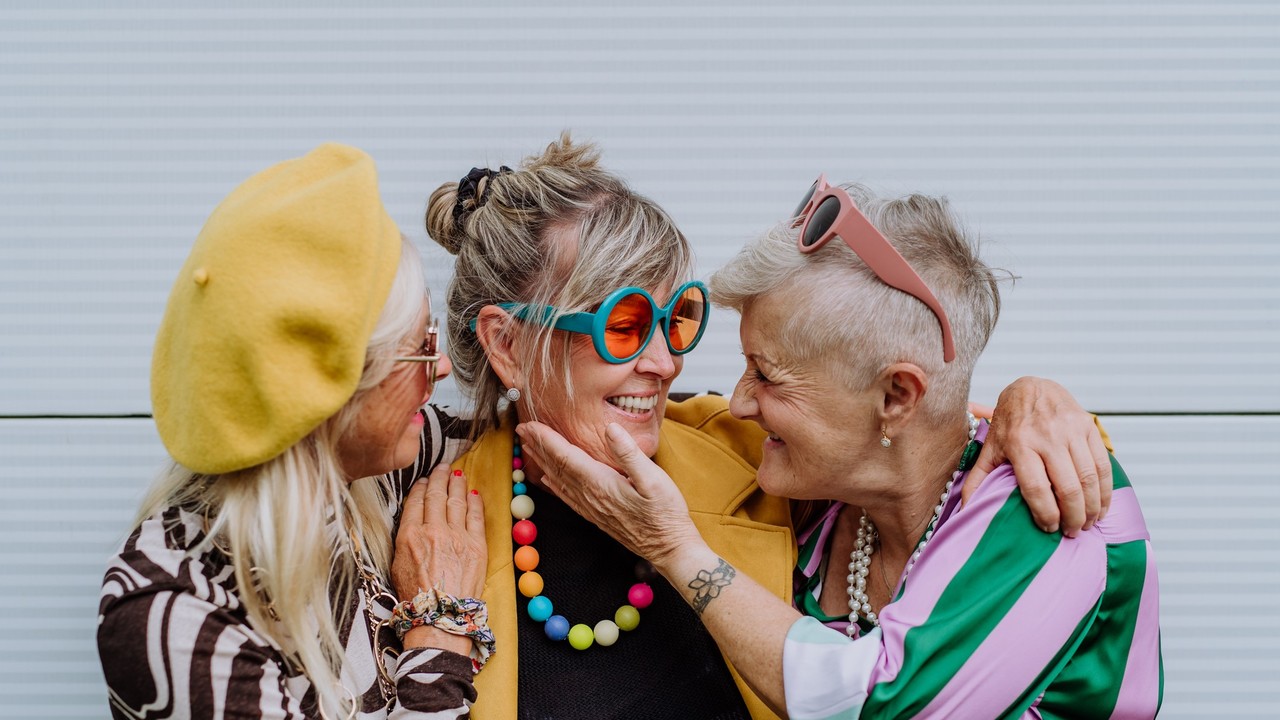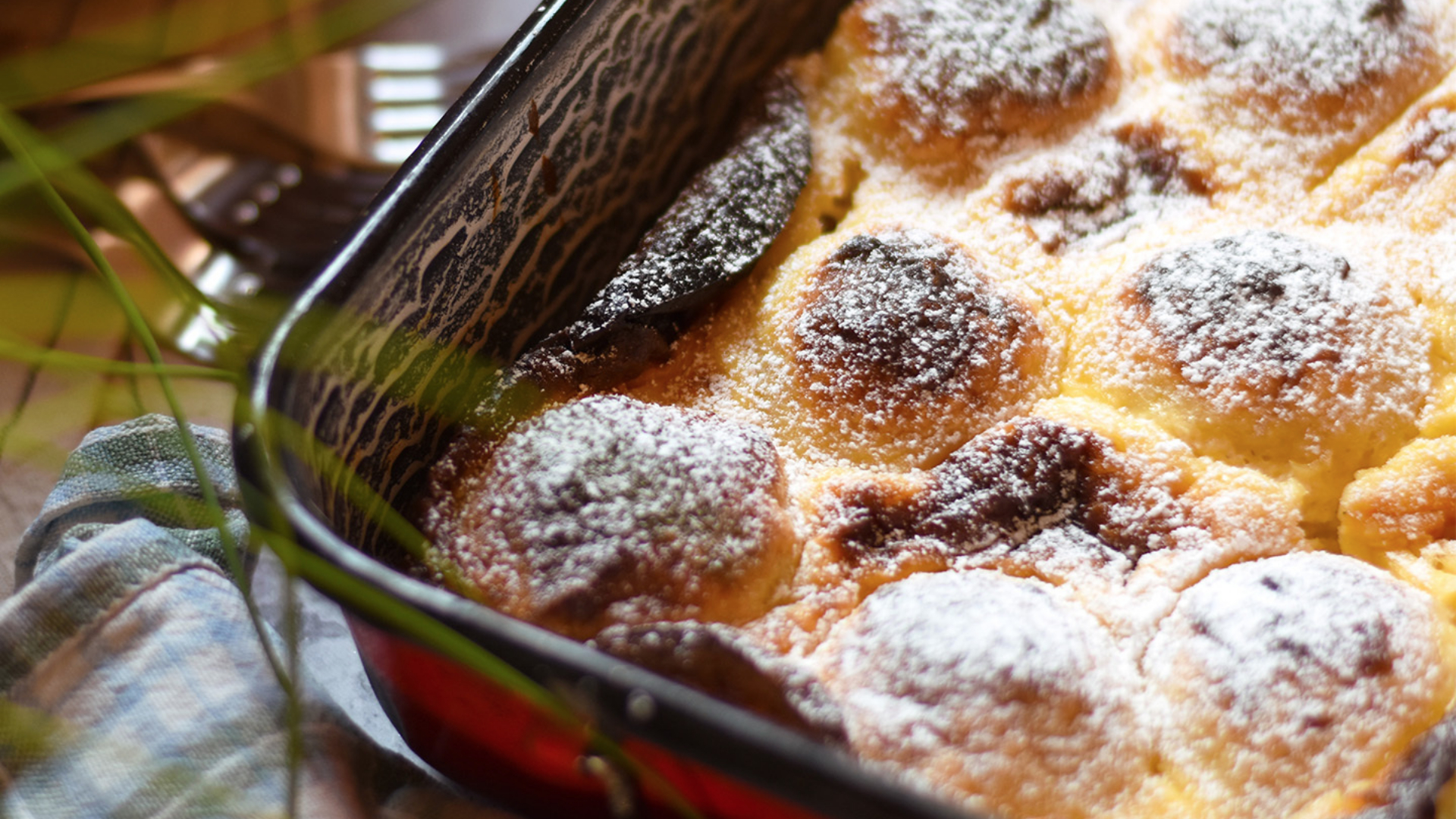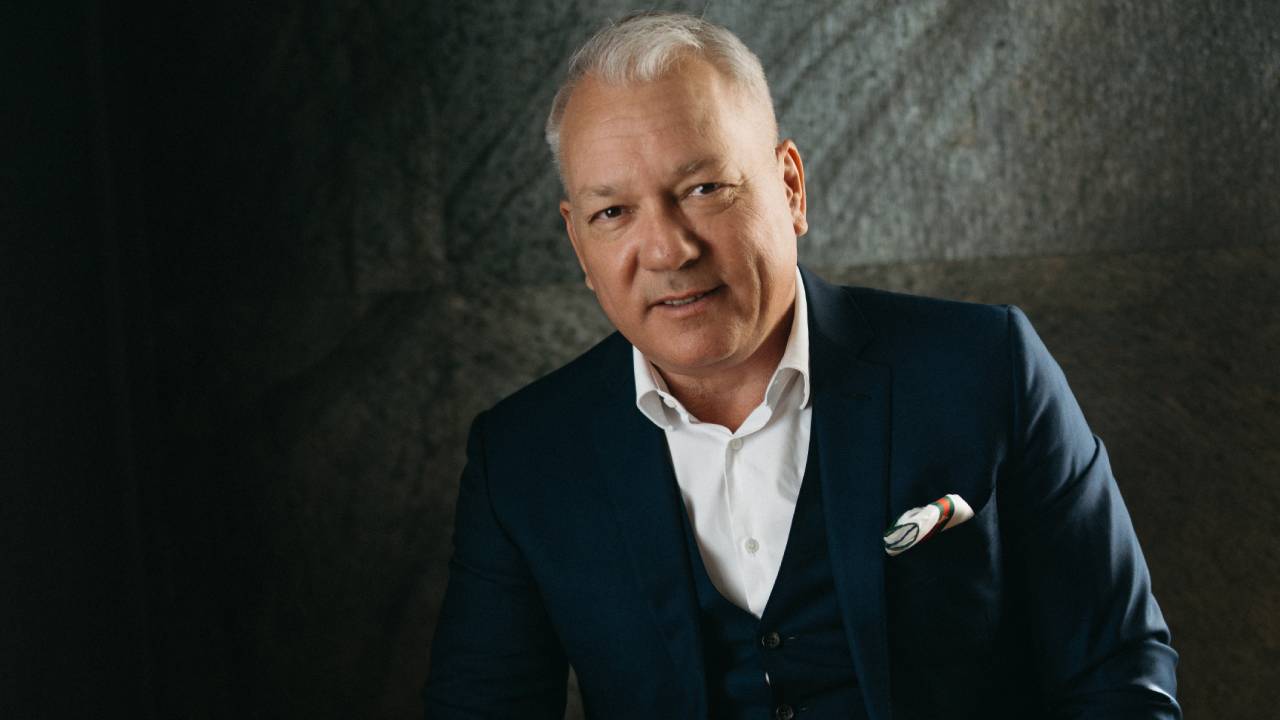
 Born as simply Diana Frances Spencer, she made a mark on the world which will be forever remembered, before her untimely passing.
Born as simply Diana Frances Spencer, she made a mark on the world which will be forever remembered, before her untimely passing.
The Diana: a Celebration exhibition showcases this unique life and the legacy which remains. This remarkable exhibition shows Diana’s legendary fashion, showcases her engagement to HRH Prince Charles and the subsequent magnificent royal wedding which was seen by television viewers throughout the world.
Diana’s childhood is featured in the exhibition, showing how this rather ordinary little girl grew to be one of the world’s most respected and revered women of her time because of her human warmth and caring leading to the charity work she undertook.
 This fabulous exhibition showcases the life and works of Diana, Princess of Wales. Rooms within the exhibition feature Diana’s childhood, engagement to HRH Prince Charles, their fairytale royal wedding, their children and Diana’s life and works before her life was so abruptly ended.
This fabulous exhibition showcases the life and works of Diana, Princess of Wales. Rooms within the exhibition feature Diana’s childhood, engagement to HRH Prince Charles, their fairytale royal wedding, their children and Diana’s life and works before her life was so abruptly ended.
Diana Frances Spencer was born July 1, 1961 in Sandringham, in Norfolk. She was born at Park House, the home that her parents lived in on the estate of Queen Elizabeth II and where her childhood playmates were the Queen’s younger sons: Andrew and Edward. She was the youngest of the three daughters of Edward John Spencer and Frances Ruth Burke Roche.
 On the 24th of February 1981 it was announced that Lady Diana Spencer was to marry the Prince of Wales. She was the first Englishwoman to marry an heir to the throne in over 300 years. They were married on July 29, 1981, at St Paul’s Cathedral, London. Watched by seven hundred and fifty million people worldwide on television.
On the 24th of February 1981 it was announced that Lady Diana Spencer was to marry the Prince of Wales. She was the first Englishwoman to marry an heir to the throne in over 300 years. They were married on July 29, 1981, at St Paul’s Cathedral, London. Watched by seven hundred and fifty million people worldwide on television.
Diana, Princess of Wales, had two sons, Prince William, born on June 21, 1982 and Prince Henry (Harry) on September 15, 1984, both born at St Mary’s Hospital, Paddington, London.
 Diana Frances Spencer was first noticed by the world in February 1981 when her engagement to HRH Prince Charles, the heir to the throne of the United Kingdom, was announced.
Diana Frances Spencer was first noticed by the world in February 1981 when her engagement to HRH Prince Charles, the heir to the throne of the United Kingdom, was announced.
The announcement ended years of speculation about who would be the next queen of England – speculation which ended when the world watched television footage of the prince with his young, demure fiancée. No-one seeing her shy smile and reticent manner would have imagined that, within a few short years, she would become admired throughout the world for her style, her compassion and her warmth.
At the time of her engagement, Diana was working as a kindergarten assistant and her love of children was evident. Within a few years, Diana had children of her own, Prince William (1982) and Prince Harry (1984). Diana insisted that her boys grow up as normally as possible, unlike the former hothouse atmosphere suffered by previous royal offspring.
 Her pride in her children was evident and seeing the boys today, it is obvious that their mother’s somewhat unconventional ideas, by royal standards, created two young men who share their mother’s compassion and humanity.
Her pride in her children was evident and seeing the boys today, it is obvious that their mother’s somewhat unconventional ideas, by royal standards, created two young men who share their mother’s compassion and humanity.
Diana was not content to be seen as a royal wife and mother. Although her style was legendary, Diana’s interest was in people and in helping raise awareness about people in society who were forgotten.
When a small girl dreams about a princess, the picture isn’t complete without a tiara and other items of glamorous jewelry. Nothing typifies glamour and royalty better than these superb creations, some historic, some modern, featuring diamonds and stones of every hue from all over the world.
The Tiara Gallery is just one of the highlights of this sparkling exhibition.

For over three-hundred years, the Spencer family has included important women who helped shape the culture of their age.
This room is dedicated to those women.
This can also be said of Diana, who became a cultural icon of her time.
Spencer women were also known for devoting their energies to charity and community work and Diana continued these traditions.
The Honorable Diana Frances Spencer was born on July 1, 1961, in Park House on the Queen’s estate at Sandringham, the third daughter of Johnnie, only son of the seventh Earl Spencer and Frances, his wife. Frances was the younger daughter of Lord and Lady Fermoy, neighbors at Sandringham and friends of the former King George V1 and the late Queen Mother. It was on the death of Lord Fermoy that Diana’s parents moved to Park House, which was to become her early childhood home.

Until 1970, Diana was a pupil at Silfield Nursery School at King’s Lynn, Norfolk, when she went to a girls preparatory school, Riddlesworth Hall, Diss, Norfolk.
In 1969, Diana’s parents were divorced, her father keeping custody of the children. In 1975, when Diana was 13, the seventh Earl died and Diana’s father succeeded to the title, moving to the family’s ancestral home, Althorp.
 Diana moved from Riddlesworth Hall to another girl’s school, West Heath, near Sevenoaks, in Kent, England. Earl Spencer was a governor at the school and during her time there Diana began to excel at games.
Diana moved from Riddlesworth Hall to another girl’s school, West Heath, near Sevenoaks, in Kent, England. Earl Spencer was a governor at the school and during her time there Diana began to excel at games.
In January 1978 she attended a term at a finishing school in Switzerland, Institute Alpin Videmanette. Miserably homesick, she left and returned to England to work as a nanny, first for Alexandra, the daughter of Major and Mrs. Whitaker in Hampshire and then for Patrick Robinson, the young son of an American family.
In the autumn of 1978, she completed Mrs. Russell’s cooking course in Wimbledon and the following year her mother bought her a flat in Coleherne Court, South Kensington, which she shared with a group of close friends.
Diana began her life as a single, independent young woman. She earned money cleaning for her sister and friends and in April 1979, started working as an assistant at the Young England Kindergarten, in Pimlico. She continued to work there until her engagement was announced in February 1981.
 The announcement of the engagement between Lady Diana Frances Spencer and HRH Prince Charles was made on 24th. February 1981.
The announcement of the engagement between Lady Diana Frances Spencer and HRH Prince Charles was made on 24th. February 1981.
The prince had kept the public guessing about who he would choose to be his queen and the world was delighted with the demure and shy teenaged Diana who, during the couple’s first television interview, captured the hearts of many people throughout the world. At the time of the engagement, Charles was thirty two years old and Diana was nineteen. The official engagement portrait is shown on the right.
ROYAL WEDDING
On July 29th 1981, Lady Diana Spencer married HRH Prince of Wales at St. Paul’s Cathedral. It was a beautiful summer day and the Cathedral was packed with family, friends and important dignitaries from all over the world.
It was a moment for national celebration and the event was simply referred to as the Royal Wedding. People lined the streets of the capital to witness the occasion and parties were held all over the country.
The Princess was then 20 years old and she later described the day as one of the happiest of her life. It is estimated that over 1 billion people worldwide watched the wedding on television.
 From this moment the Princess became an international figure, photographed and documented wherever she went.
From this moment the Princess became an international figure, photographed and documented wherever she went.
Traditionally, royal events are marked by members of the royal family waving to the crowds from the balcony of Buckingham Palace and the wedding was no exception as the wedding party made their way to greet the unprecedented crowd which had gathered below.
The wedding party eventually left the balcony, leaving just the bride and groom. There was an enormous roar of appreciation from the crowd below as Prince Charles kissed his new bride.
The fascination with Diana and her life as the Peoples’ Princess had begun.
Diana was a tireless charity worker using her celebrity status to campaign for the causes she believed in. When the Princess decided to scale down her work in 1996 more than a hundred organizations were named as having been recipients of her time and backing.
 Instead, she decided to concentrate her efforts on six organizations: Centrepoint, working with the young and homeless, the Leprosy Mission, which treats leprosy sufferers in over thirty countries, the National AIDS Trust, working with HIV and AIDS patients, the children’s hospital in Great Ormond Street, the Royal Marsden Hospital, which specializes in the treatment of cancer and the English National Ballet, as dance was one of her great passions. The Princess took on causes which were viewed as ‘difficult or ‘unfashionable’. In 1987, Diana was the first high-profile figure to be seen shaking hands with an AIDS patient. Ten years later, her involvement in the campaign to ban land mines provoked an international reaction and brought the issue to prominence in a way that no one else could have achieved
Instead, she decided to concentrate her efforts on six organizations: Centrepoint, working with the young and homeless, the Leprosy Mission, which treats leprosy sufferers in over thirty countries, the National AIDS Trust, working with HIV and AIDS patients, the children’s hospital in Great Ormond Street, the Royal Marsden Hospital, which specializes in the treatment of cancer and the English National Ballet, as dance was one of her great passions. The Princess took on causes which were viewed as ‘difficult or ‘unfashionable’. In 1987, Diana was the first high-profile figure to be seen shaking hands with an AIDS patient. Ten years later, her involvement in the campaign to ban land mines provoked an international reaction and brought the issue to prominence in a way that no one else could have achieved
During Diana’s emotional and unforgettable funeral, television viewers throughout the world were moved by Charles, Earl Spencer’s tribute to his sister.
Excerpts from the tribute:
“I stand before you today, the representative of a family in grief, in a country in mourning before a world in shock. We are all united not only in our desire to pay our respects to Diana but rather in our need to do so. For such was her extraordinary appeal that the tens of millions of people taking part in this service all over the world via television and radio who never actually met her, feel that they too lost someone close to them in the early hours of Sunday morning.”
“We have all despaired at our loss over the past week and only the strength of the message you gave us through your years of giving has afforded us the strength to move forward. Your joy for life transmitted wherever you took your smile and the sparkle in those unforgettable eyes. Your boundless energy which you could barely contain.”
“But your greatest gift was your intuition and it was a gift you used wisely. This is what underpinned all your other wonderful attributes and if we look to analyze what it was about you that had such a wide appeal we find it in your instinctive feel for what was really important in all our lives. Without your God-given sensitivity we would be immersed in greater ignorance at the anguish of AIDS and HIV sufferers, the plight of the homeless, the isolation of Lepers, the random destruction of landmines.”
“I would like to end by thanking God for the small mercies he has shown us at this dreadful time. For taking Diana at her most beautiful and radiant and when she had joy in her private life. Above all we give thanks for the life of a woman I am so proud to be able to call my sister, the unique, the complex, the extraordinary and irreplaceable Diana, whose beauty, both internal and external, will never be extinguished from our minds.”
Charles Spencer
Diana once observed that she wanted to be thought of as a workhorse not a clotheshorse. Diana loved clothes; they were a passion and a public duty. As the Princess of Wales, her wardrobe requirements were complex; outfits were needed for her duties as a member of the Royal family, overseas trips, charity work and the many official functions and charity galas that required eveningwear. From the early days of her engagement it was inevitable that everything she wore, every new accessory and change of hairstyle would be scrutinized.
The Princess understood that millions of people followed her as a fashion icon and that the crowds who gathered to meet her expected glamour. She also understood that the worldwide media coverage her image generated could be used to good effect – to raise money for the charity causes she so passionately supported.
The exhibition displays 28 outfits from the early 1980’s to her last public engagement. They reveal inevitable changes in fashion style and the development of a young girl to a confident and mature woman.
 In the 1980’s the Princess supported the British fashion industry, wearing clothes by Victor Edelstein, Murray Arbeid, Belville Sassoon, Catherine Walker, Bruce Oldfield and Gina Fratini. Diana placed British fashion, with its traditions of classic tailoring for day and romantic evening wear, in the international spotlight. Like any young woman she experimented and not all of her outfits were a total success – but in the 1990’s something rather different happened. The Princess now had the resources, the independence and the experience to create a unique and personal style. British designers continued to provide outfits, notably Catherine Walker and Jacques Azagury, but increasingly she turned to international designers, to Versace, Valentino and Chanel. Her look became more international with a sophisticated and simple silhouette. The effect was all in the details that became her hallmark; superb cut, materials worn with coordinated accessories, handbags, jewelry and shoes. Diana’s image will inevitably define a fashion look of the late 20th century.
In the 1980’s the Princess supported the British fashion industry, wearing clothes by Victor Edelstein, Murray Arbeid, Belville Sassoon, Catherine Walker, Bruce Oldfield and Gina Fratini. Diana placed British fashion, with its traditions of classic tailoring for day and romantic evening wear, in the international spotlight. Like any young woman she experimented and not all of her outfits were a total success – but in the 1990’s something rather different happened. The Princess now had the resources, the independence and the experience to create a unique and personal style. British designers continued to provide outfits, notably Catherine Walker and Jacques Azagury, but increasingly she turned to international designers, to Versace, Valentino and Chanel. Her look became more international with a sophisticated and simple silhouette. The effect was all in the details that became her hallmark; superb cut, materials worn with coordinated accessories, handbags, jewelry and shoes. Diana’s image will inevitably define a fashion look of the late 20th century.
When news of the Princess’s death became known in the early hours of Sunday morning, August 31, 1997 the first floral tributes started to arrive at Kensington Palace. In the days that followed people literally laid a carpet of flowers, cards and touching mementos in the gardens of the palace.
 At the same time, books of condolence were opened at St. James’ Palace. London witnessed the extraordinary sight of people of all ages, class and race queuing for hours, sometimes overnight, to write their own personal tribute to a much loved Princess. Books of condolence were also opened all over the country. In hospitals, schools, homes for the elderly and town halls. These books began to pour into the Princess’s offices at Kensington Palace and at times the sheer number threatened to overwhelm the staff. Over 175,000 letters and 150,000 cards were received at Kensington Palace and 200,000 letters and tributes at St. James Palace.
At the same time, books of condolence were opened at St. James’ Palace. London witnessed the extraordinary sight of people of all ages, class and race queuing for hours, sometimes overnight, to write their own personal tribute to a much loved Princess. Books of condolence were also opened all over the country. In hospitals, schools, homes for the elderly and town halls. These books began to pour into the Princess’s offices at Kensington Palace and at times the sheer number threatened to overwhelm the staff. Over 175,000 letters and 150,000 cards were received at Kensington Palace and 200,000 letters and tributes at St. James Palace.
Each one had to be opened and recorded because many of them contained donations of money, small and large amounts, for the newly launched Memorial Fund.
In addition to the British condolence books, tributes began to pour in from all over the world. They came mostly from official governments and embassies but also from ordinary individuals, from department stores and community centers. Some were elaborately bound; others were simple exercise books with touching drawings and pictures from small children. All will be kept and treasured by the family.
Opening hours:
Monday-Sunday: 10:00 – 20:00
Ticket office: 9:30 – 19:30
Tickets:
|
|
Weekdays |
Weekends |
|
Adults |
2900.- |
3900.- |
|
Children, age 2-14 |
1500.- |
1900.- |
|
Student and pensioner: |
1500.- |
2500.- |
|
Family ticket: 2 adults, 2-3 children |
7300.- |
9700.- |
|
Group ticket: above 10 people |
1500.- |
2500.- |
Group tickets:
Above 10 people:
Weekdays: 1.500.- Ft/person, weekends: 2.500.- Ft/person
Please call the following phone numbers 06-30-64-72-614, 06-30-30-30-999 to book your group ticket.
